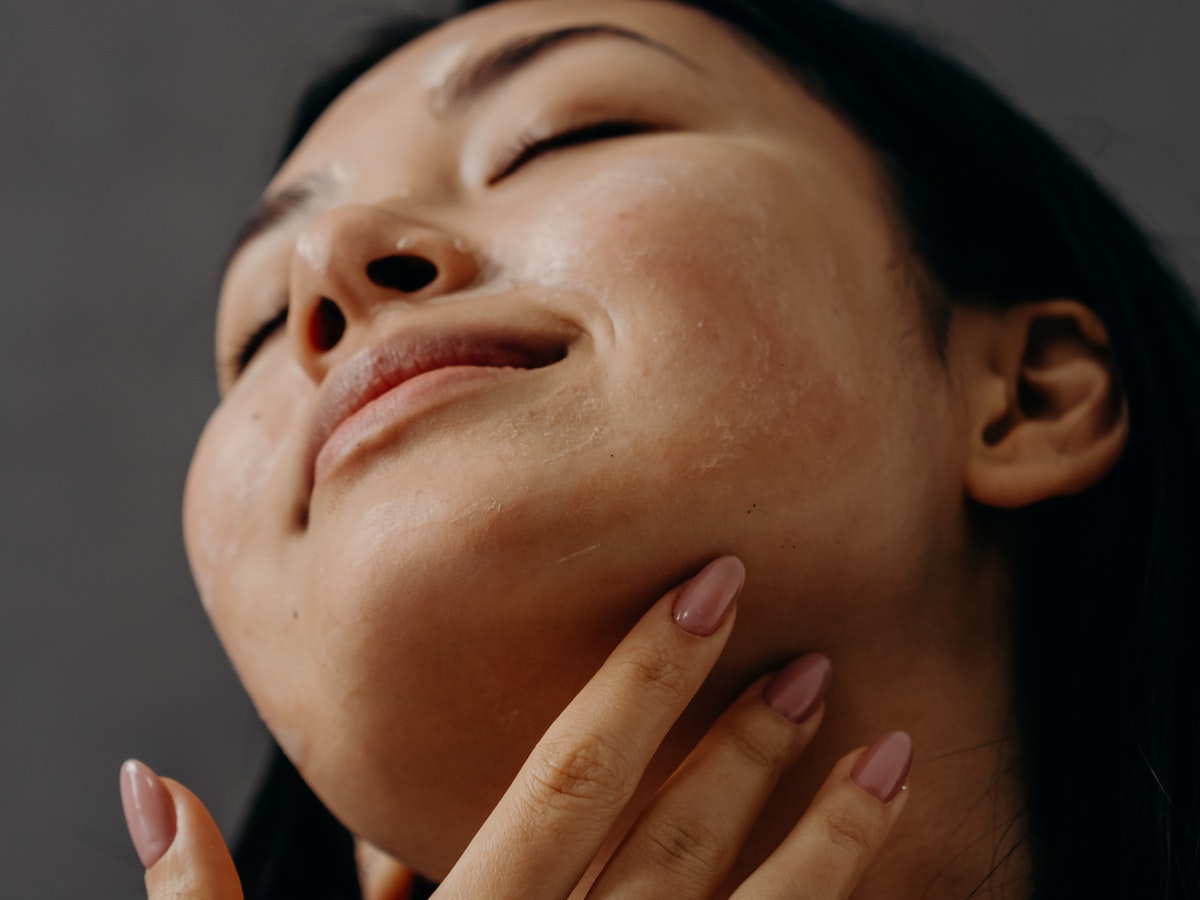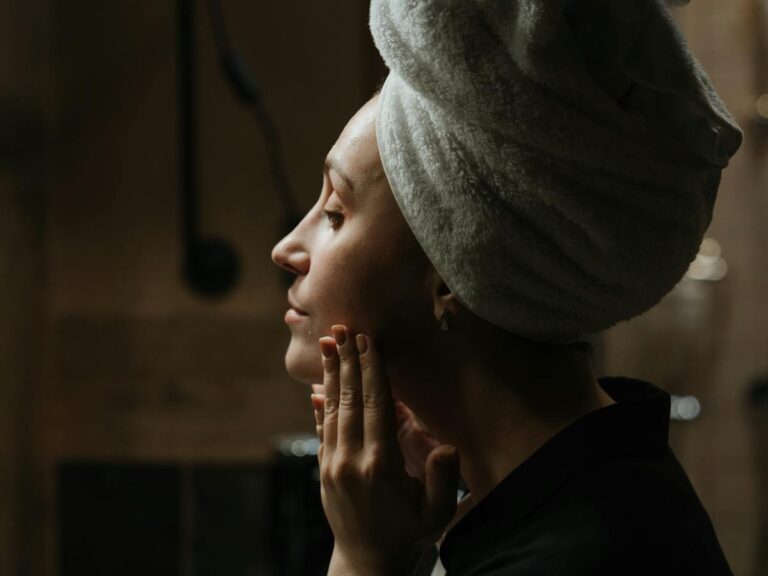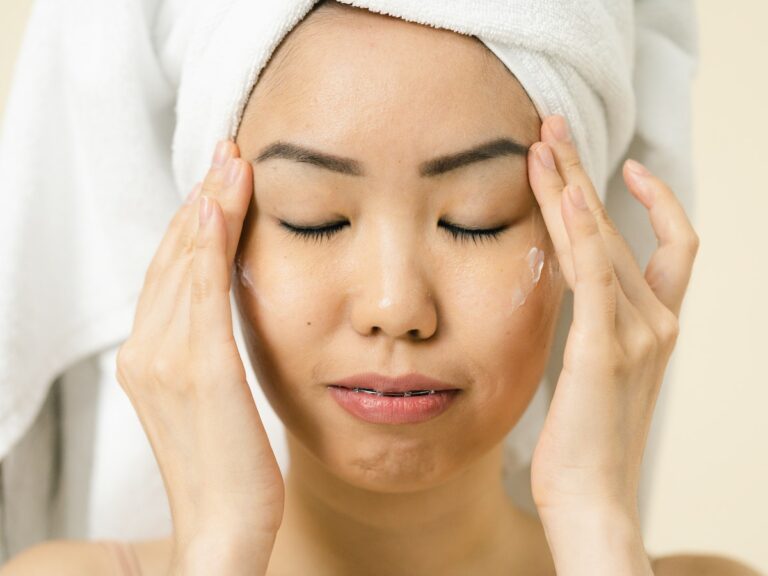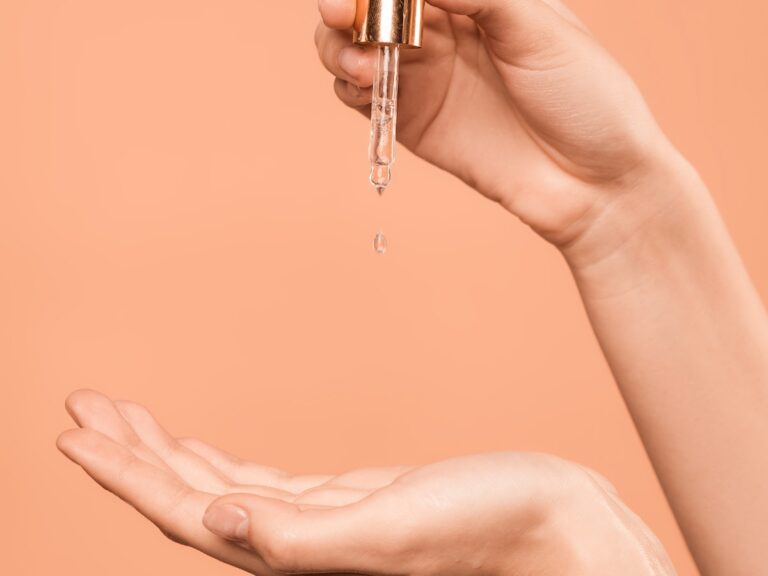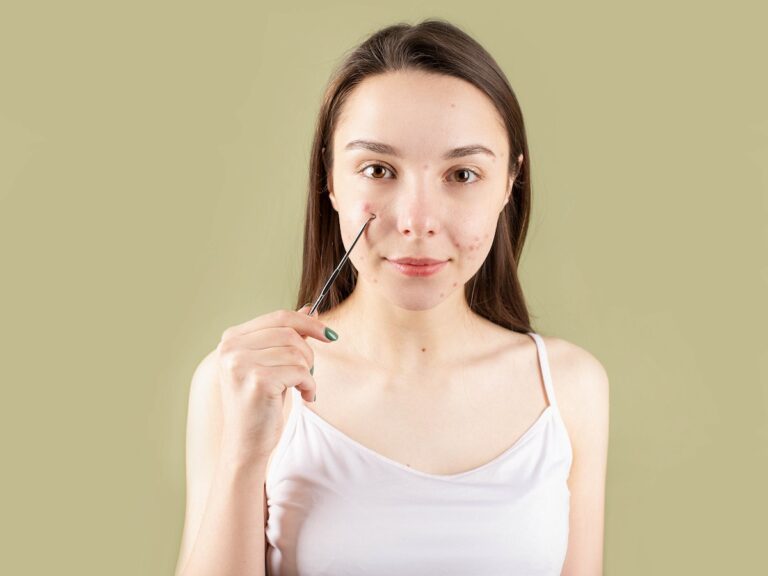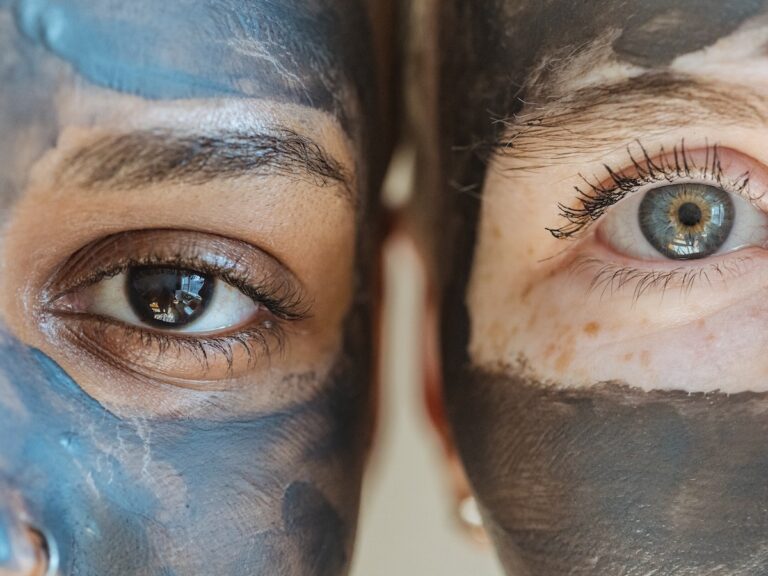Skincare Routine Mastery: Unlock Your Best Skin Today!
Understanding the basic components of a skincare routine is necessary before starting the journey to a glowing and healthy skin. This detailed article will assist you through each step and reveal the process to achieve a complexion that exudes vigor and confidence.
Table of Contents
Basic Steps of a Skincare Routine
At the core of any effective skincare routine lies a commitment to the basic steps that form the foundation of beautiful skin. By including these steps in your daily life, you provide your skin with the care it requires for maintaining a radiant complexion that never goes out of style.
Step 1: Cleansing – The Foundation of Healthy Skin
An efficient skincare routine starts with cleansing. It is the process of getting rid of the pollutants, oil, dirt, and cosmetics that get accumulated on the skin’s surface throughout the day. To cleanse properly, follow these steps:
- Choosing the Right Cleanser: Opt for a gentle cleanser that suits your skin type. Foaming cleansers are great for oily skin, while cream or gel cleansers work well for dry or sensitive skin.
- Morning and Night Ritual: Cleanse your face twice a day, in the morning and before bedtime. This clears away impurities and prepares your skin for subsequent steps.
- Application Technique: Gently massage the cleanser onto damp skin using circular motions. Rinse thoroughly with lukewarm water and pat your face dry with a clean towel.
Step 2: Exfoliation – Revealing Fresh and Renewed Skin
Exfoliation includes eliminating surface-level dead skin cells to make room for fresh skin to grow. It encourages a smoother texture, clears clogged pores, and improves the way skincare products get absorbed. Here’s how to exfoliate properly:
- Frequency: Exfoliate 1-2 times a week, avoiding over-exfoliation, which can lead to irritation.
- Types of Exfoliants: Choose between physical exfoliants (scrubs) and chemical exfoliants (AHAs, BHAs, enzymes). Chemical exfoliants are gentler and more effective.
- Application: Apply the exfoliant to damp skin, massaging in gentle, circular motions. Rinse thoroughly with water.
Step 3: Toning – Balancing and Preparing Your Skin
Toning helps prepare the skin for upcoming treatments and helps in restoring the pH balance of the skin. Toning helps prepare the skin for upcoming treatments and helps in restoring the pH balance of the skin. In order to hydrate and calm the skin, it is a required step. Here’s how to tone effectively:
- Alcohol-Free Toner: Opt for a toner that’s alcohol-free to avoid drying out your skin.
- Application: After cleansing, apply toner by gently patting it onto your skin with clean hands or a cotton pad.
Step 4: Serums and Treatments – Targeting Specific Concerns
Serums and treatments are effective compositions which addresses specific skin concerns, such as wrinkles, dark spots, and acne. Here’s how to include them in your daily routine:
- Targeted Treatments: Choose serums containing ingredients like hyaluronic acid for hydration, vitamin C for brightening, and retinol for anti-aging.
- Order of Application: Apply serums after toning and before moisturizing. A small amount goes a long way.
Step 5: Moisturization – Hydration for a Youthful Glow
To keep the skin hydrated, supple, and flawless, moisturizing is necessary. Follow these steps for effective moisturization:
- Choose the Right Moisturizer: Pick a moisturizer suitable for your skin type – lightweight for oily skin and richer for dry skin.
- Application Technique: Apply moisturizer to slightly damp skin, massaging it in gentle upward motions.
Step 6: Sun Protection – Shielding Your Skin from Harmful UV Rays
To avoid early aging, sunburns, and the danger of skin cancer, sun protection is essential. Here’s how to protect your skin from UV damage:
- Broad-Spectrum Sunscreen: Use a sunscreen with at least SPF 30 and broad-spectrum protection. Apply it every morning, even on cloudy days.
- Reapplication: Reapply sunscreen every two hours if you are outdoors, and after swimming or sweating.
Step 7: Nighttime Ritual – Repair and Rejuvenation
Your skin repairs itself at night, making a nighttime skincare routine crucial. Here’s how to nurture your skin while you sleep:
- Cleansing: Begin by cleansing your face to remove makeup, dirt, and pollutants.
- Night Cream or Serum: Apply a night cream or serum rich in nourishing ingredients like peptides and hyaluronic acid. These help repair and rejuvenate the skin.
- Get Quality Sleep: Prioritize a good night’s sleep. Quality sleep supports overall skin health.
Pro Tip: Clean pillowcases reduce the risk of bacterial buildup that can lead to breakouts.
Customizing Your Skincare Routine
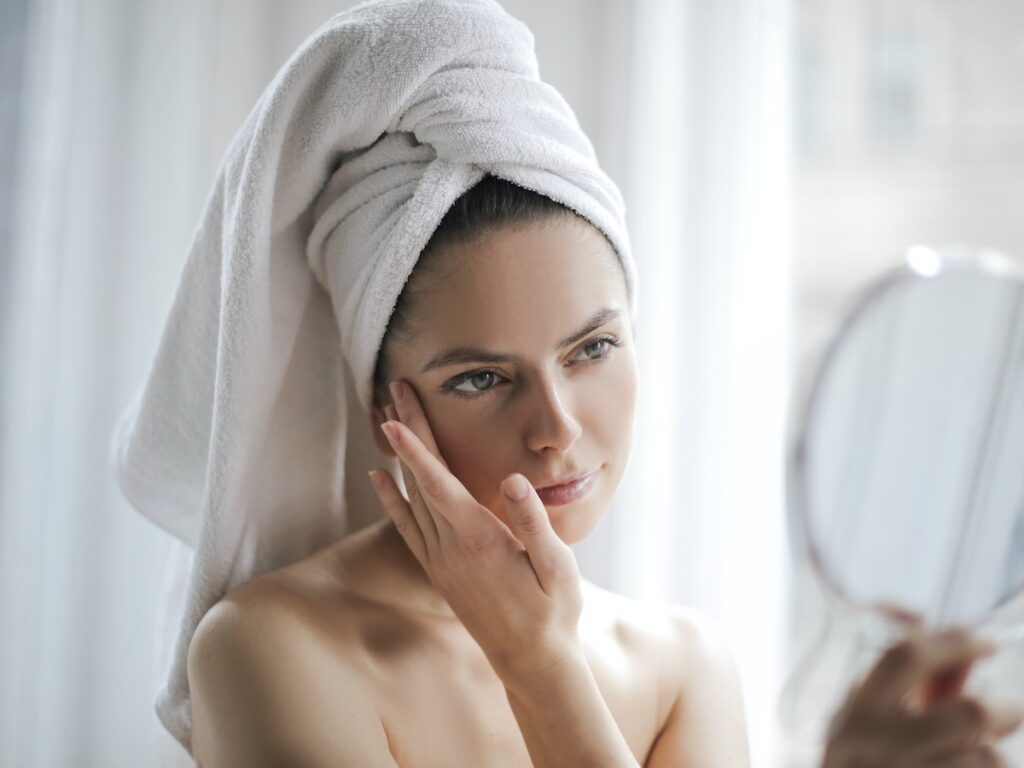
Everybody has a different skin type, thus personalization is essential to getting the best results. Consider the following factors when customizing your routine:
- Skin Type: Determine whether you have oily, dry, combination, or sensitive skin to choose products that cater to your specific needs.
- Concerns: Address specific skin concerns, such as acne, fine lines, or uneven skin tone, by incorporating targeted products.
- Age: Your skincare needs change over time, so adjust your routine to accommodate your age-related needs.
- Trial and Observation: Be patient when introducing new products. Test them on a small area before applying them to your entire face.
Expert Tips for Consistency and Long-Term Results
Consistency is the key. Rome was not built in a day, and neither is perfect skin. Stick to your routine, and results will follow. Also, consult experts if you’re unsure – a dermatologist’s guidance is invaluable.
Addressing Common Skincare Myths
Myth: “Natural” is Always Better.
Reality: Not all natural ingredients are suitable for every skin type. Effectiveness varies, and synthetic ingredients can also be beneficial.
Myth: Expensive Products Are Always More Effective.
Reality: Price doesn’t guarantee quality. Focus on ingredients rather than brand names.
Myth: Oily Skin Doesn’t Need Moisturizer.
Reality: All skin types need hydration. Choose an oil-free, lightweight moisturizer for oily skin.
Myth: Sunscreen is Only Necessary on Sunny Days.
Reality: UV rays are present even on cloudy days. Consistent sunscreen use is crucial.
Myth: Scrubbing Harder Equals Better Exfoliation.
Reality: Gentle exfoliation prevents damage. Scrubbing too hard can lead to irritation and micro tears.
Conclusion
Keep in mind that persistence and patience are your allies as you set out on your path to a healthier, more vibrant skin. You’re setting the foundation for a skin that exudes confidence and vitality by embracing the basic components of a skincare regimen and customizing your routine to meet your specific requirements. You now have the necessary information to make wise decisions because we have dispelled several popular skincare myths along the way. So take advantage of the chance to treat your skin and let it reflect the vibrant, beautiful you.
FAQs
Q. Can I skip certain steps if I’m in a hurry?
A. While consistency is important, adapt your routine when necessary. Cleansing and moisturization are essential steps, even on busy days.
Q. How do I choose the right products for my skin type?
A. Consult a dermatologist or skincare expert to determine your skin type and receive personalized product recommendations.
Q. Can men benefit from a skincare regimen too?
A. Absolutely! Skincare knows no gender. Everyone can achieve healthier skin with a tailored routine.
Q. Is natural skincare more effective than commercial products?
A. Effectiveness depends on the specific ingredients. Both natural and commercial products can offer benefits; research is key.
Q. Are expensive skincare products worth the investment?
A. Quality doesn’t always correlate with price. Look for products with proven ingredients and positive reviews.
